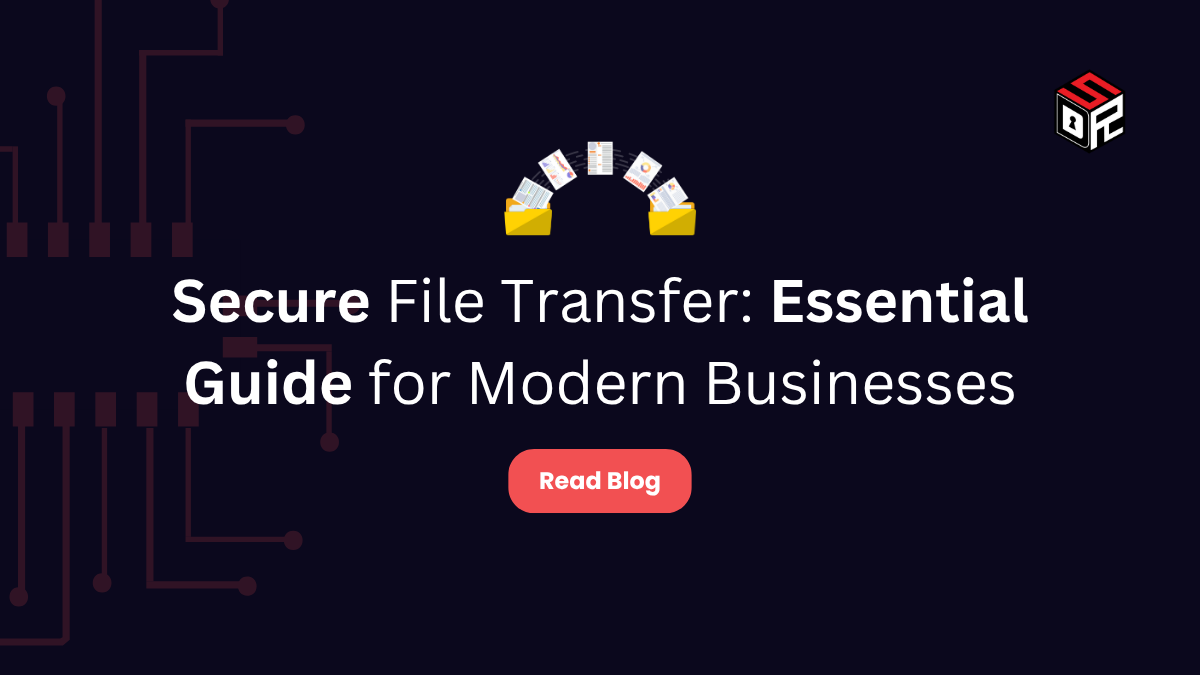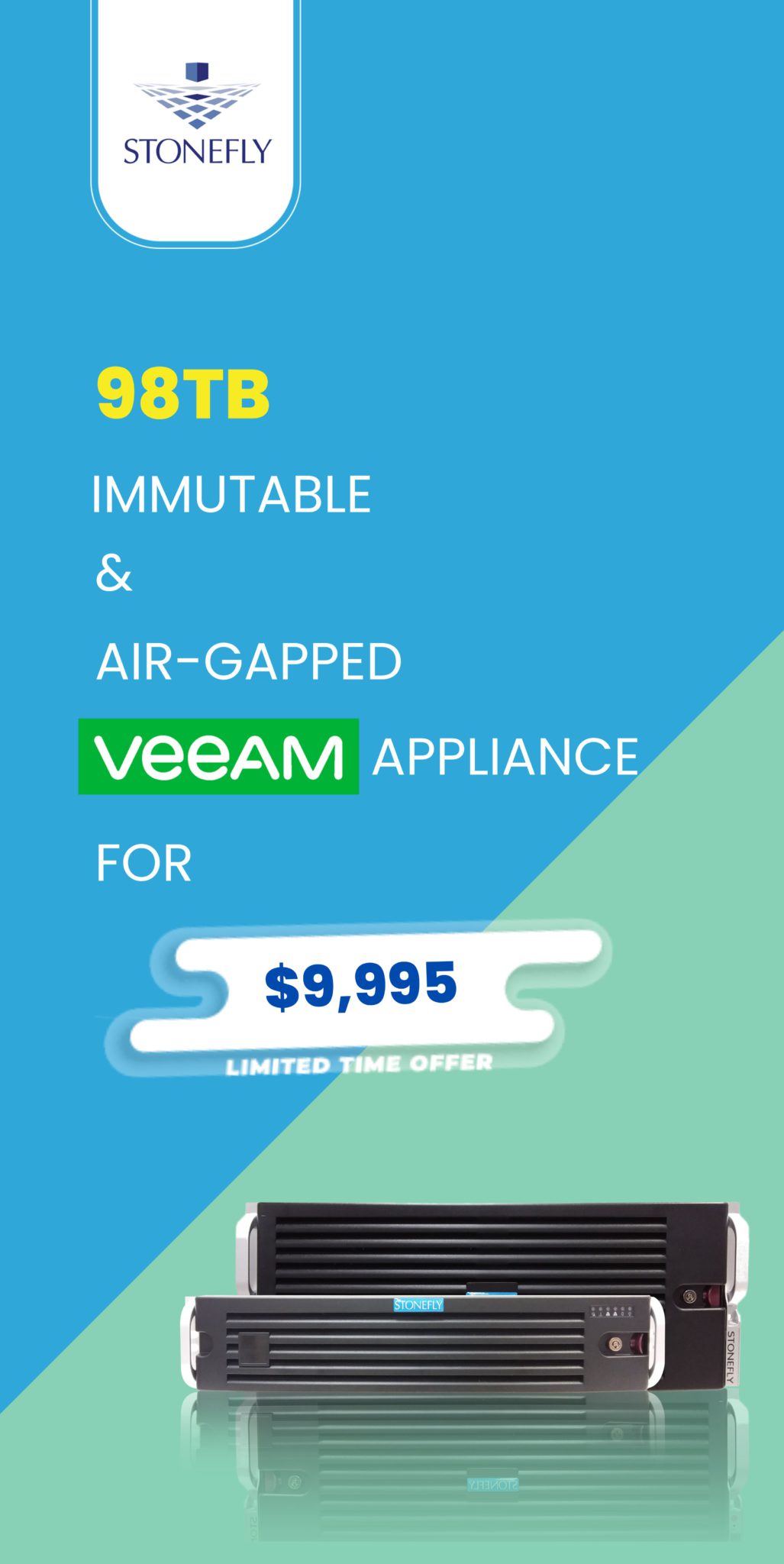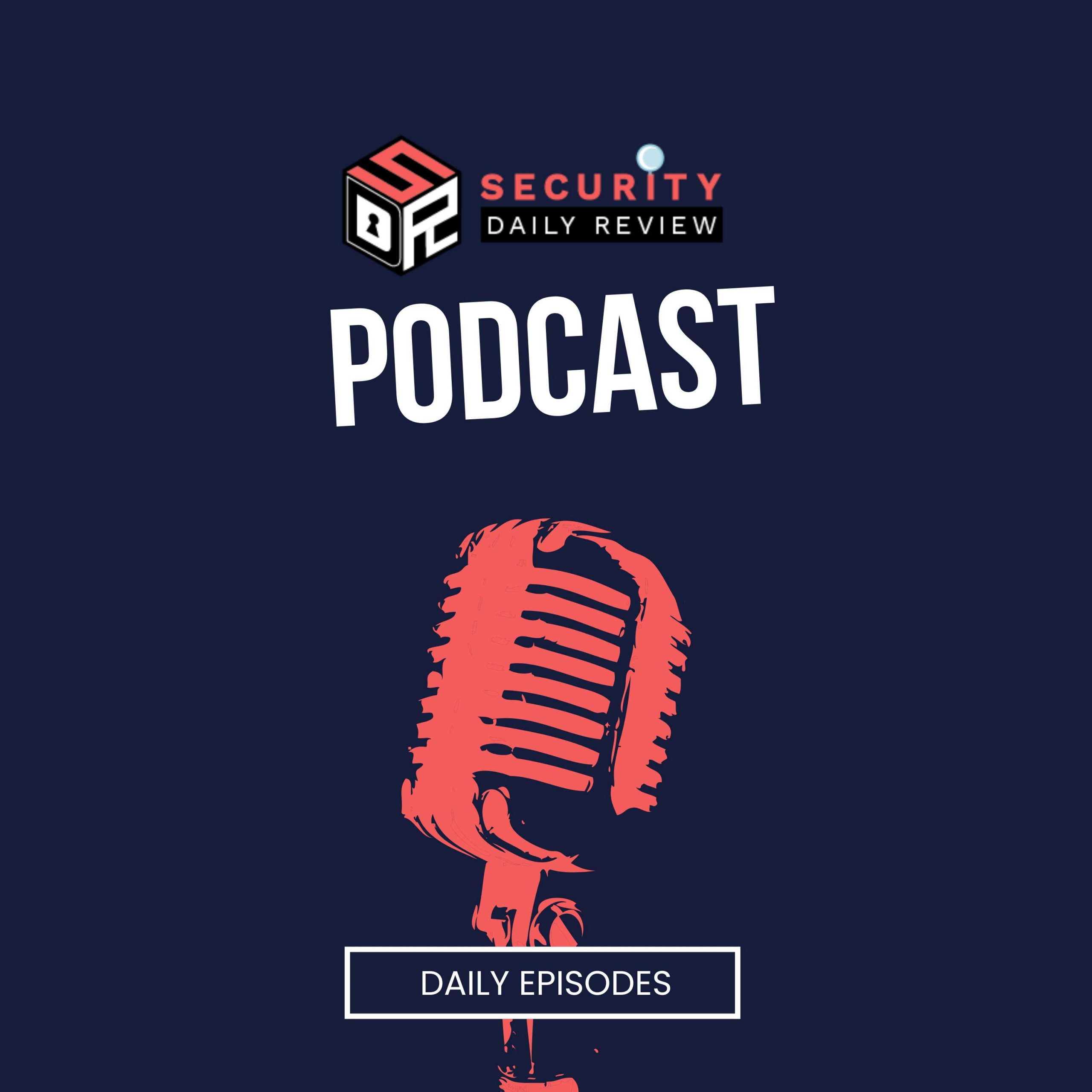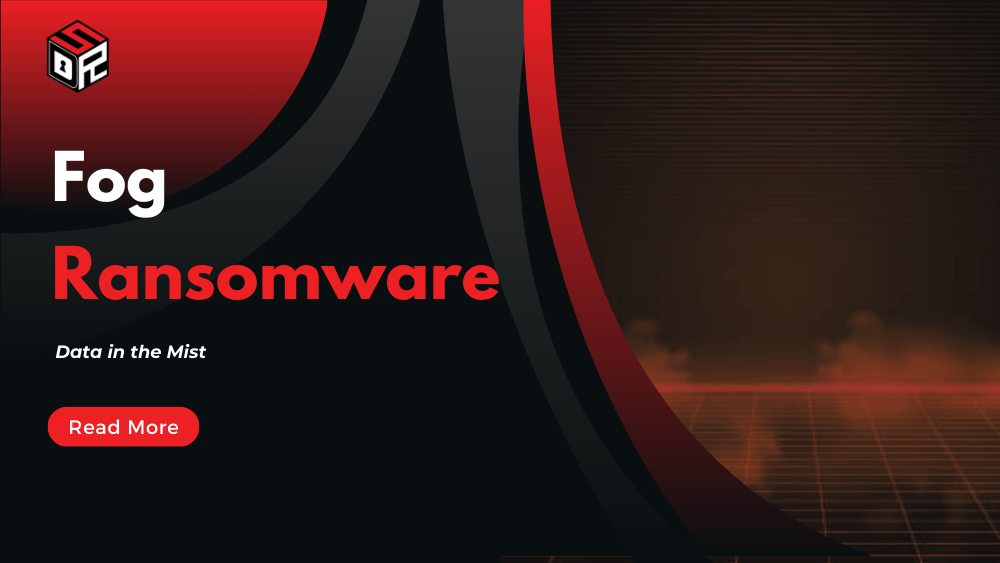Businesses move sensitive data every day—financial records, personal details, proprietary research, and more. Keeping that information secure in transit isn’t optional anymore; it’s essential for staying operational and compliant. Understanding secure file transfer protocols and implementing robust solutions can mean the difference between maintaining customer trust and facing costly data breaches.
What Makes File Transfer Secure?
Traditional file transfer methods like email attachments or basic FTP lack the security features necessary for sensitive data transmission. Secure file transfer encompasses various technologies and protocols designed to protect data integrity, confidentiality, and authenticity during transit.
The foundation of secure file transfer rests on several key principles: encryption protects data from unauthorized access, authentication verifies the identity of users and systems, and integrity checks ensure files haven’t been tampered with during transmission. These elements work together to create a comprehensive security framework that safeguards valuable information.
Common Secure File Transfer Protocols
SFTP (SSH File Transfer Protocol) operates over an encrypted SSH connection, providing both file transfer capabilities and secure command execution. This protocol encrypts all data and commands, making it ideal for automated transfers and regular file synchronization between systems.
FTPS (File Transfer Protocol Secure) adds SSL/TLS encryption to traditional FTP, offering two modes of operation. Explicit FTPS allows clients to upgrade an existing FTP connection to use encryption, while implicit FTPS requires encryption from the initial connection.
HTTPS-based file transfer leverages the same security protocols used for web browsing, making it accessible through standard browsers while maintaining strong encryption standards. This approach often integrates well with existing web-based business applications.
AS2 (Applicability Statement 2) provides secure, reliable business-to-business data exchange over the internet, commonly used in EDI transactions and supply chain communications.
Industry-Specific File Transfer Requirements
Different industries face unique regulatory requirements that influence their secure file transfer needs. Healthcare organizations must comply with HIPAA regulations when transmitting patient information, requiring specific encryption standards and audit trails. Financial services companies operate under regulations like PCI DSS and SOX, demanding rigorous security controls and detailed transaction logging.
Government contractors often need to meet FISMA compliance standards, while international businesses must navigate GDPR requirements for European data protection. Manufacturing and retail companies exchanging EDI documents require reliable, authenticated transfer mechanisms to maintain supply chain integrity.
Best Practices for Implementing Secure File Transfers
Successful secure file transfer implementation begins with comprehensive planning and risk assessment. Organizations should inventory their data types, classify information based on sensitivity levels, and map existing transfer workflows to identify security gaps.
Strong authentication mechanisms form the backbone of any secure transfer system. Multi-factor authentication, digital certificates, and role-based access controls help ensure only authorized personnel can access sensitive files. Regular credential rotation and automated account provisioning further strengthen security postures.
Encryption standards should meet or exceed industry requirements, with AES-256 being the current gold standard for most applications. Key management practices must ensure encryption keys remain protected throughout their lifecycle, from generation to destruction.
Monitoring and logging capabilities provide visibility into file transfer activities, enabling organizations to detect suspicious behavior and maintain compliance audit trails. Automated alerts can notify administrators of failed transfers, unusual access patterns, or policy violations.
Choosing the Right Solution for Secure File Transfers
Selecting appropriate secure file transfer solutions requires careful evaluation of organizational needs, technical requirements, and budget constraints. Cloud-based managed file transfer services offer rapid deployment and reduced maintenance overhead, making them attractive for smaller organizations or those with limited IT resources.
On-premises solutions provide maximum control over data and security configurations, appealing to organizations with strict compliance requirements or existing infrastructure investments. Hybrid approaches can combine the benefits of both models, allowing sensitive data to remain on-premises while leveraging cloud capabilities for less critical transfers.
Enterprise-grade solutions provide comprehensive managed file transfer capabilities, including advanced automation, extensive protocol support, and robust monitoring features. These platforms often include built-in compliance reporting and integration capabilities that streamline operations while maintaining security standards.
Future Considerations
The secure file transfer landscape continues evolving as organizations adopt cloud computing, remote work models, and digital transformation initiatives. Zero-trust security architectures are influencing how file transfer solutions authenticate and authorize access, moving beyond traditional perimeter-based security models.
Artificial intelligence and machine learning technologies are beginning to enhance secure file transfer systems through intelligent threat detection, automated policy enforcement, and predictive analytics for transfer optimization.
As data privacy regulations expand globally and cyber threats become more sophisticated, organizations must remain vigilant in updating their secure file transfer strategies. Regular security assessments, employee training programs, and technology refresh cycles help maintain effective protection against emerging threats.
Conclusion
Implementing robust secure file transfer capabilities is no longer optional for modern businesses. The combination of regulatory requirements, cyber security threats, and competitive pressures makes secure data transmission a fundamental business requirement. By understanding available technologies, following industry best practices, and selecting appropriate solutions, organizations can protect their valuable data assets while maintaining operational efficiency and regulatory compliance.
Success in secure file transfer requires ongoing attention to evolving threats, changing regulations, and advancing technologies. Organizations that invest in comprehensive secure file transfer strategies position themselves for sustainable growth while protecting their most valuable digital assets.





